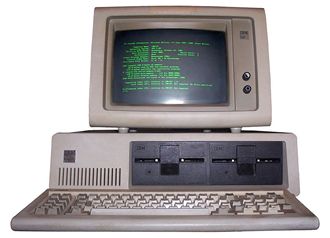 Big Blue has been sued by a shareholder who thinks the company committed securities fraud by failing to write down a money-losing semiconductor unit before agreeing to pay another company $1.5 billion to take that unit off its hands.
Big Blue has been sued by a shareholder who thinks the company committed securities fraud by failing to write down a money-losing semiconductor unit before agreeing to pay another company $1.5 billion to take that unit off its hands.
In October IBM’s said it would sell the unit to GlobalFoundries (GloFo) and take a related $4.7 billion pre-tax charge.
IBM also announced third-quarter results that day. Its share price fell nine percent over the next two trading days, wiping out more than $18 billion of market value.
According to the complaint, IBM inflated its stock price before selling the semiconductor unit by carrying the unit’s property, plant and equipment assets on its books at $2.4 billion, when it should have known the assets were worthless.
The shareholder moaned that potential bidders had been unwilling to pay much more than $1 billion for the entire unit, including intellectual property and personnel, suggesting that the hard assets had no or negative market value.
The shareholder in question is the City of Sterling Heights Police & Fire Retirement System in Michigan. It also named three IBM officials as defendants, including Chief Executive Virginia Rometty.
It seeks class-action status on behalf of shareholders.
“Defendants presented a misleading picture of IBM’s business and prospects,” the complaint said. “When the truth about the company was revealed to the market, the price of IBM common stock fell precipitously.”














